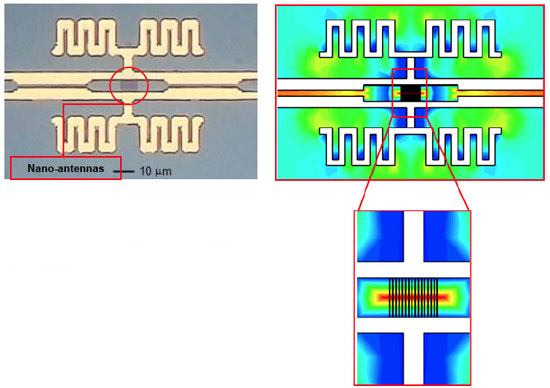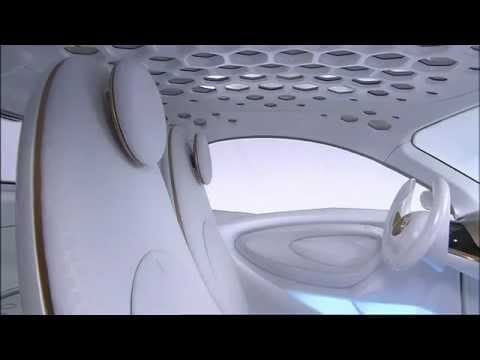We have made a real breakthrough in the generation of T-rays
Scientists who have developed a new way to create a type of radiation known as Terahertz (THz) or T-rays – the technology behind full-body security scanners – say their new, stronger and more efficient continuous wave T-rays could be used to make better medical scanning gadgets and may one day lead to innovations similar to the “tricorder” scanner used in Star Trek.
In a study published recently in Nature Photonics (“Greatly enhanced continuous-wave terahertz emission by nano-electrodes in a photoconductive photomixer”), researchers from the Institute of Materials Research and Engineering (IMRE), a research institute of the Agency for Science, Technology and Research (A*STAR) in Singapore and Imperial College London in the UK have made T-rays into a much stronger directional beam than was previously thought possible and have efficiently produced T-rays at room-temperature conditions. This breakthrough allows future T-ray systems to be smaller, more portable, easier to operate, and much cheaper.
The scientists say that the T-ray scanner and detector could provide part of the functionality of a Star Trek-like medical “tricorder” – a portable sensing, computing and data communications device – since the waves are capable of detecting biological phenomena such as increased blood flow around tumorous growths. Future scanners could also perform fast wireless data communication to transfer a high volume of information on the measurements it makes.
T-rays are waves in the far infrared part of the electromagnetic spectrum that have a wavelength hundreds of times longer than visible light. Such waves are already in use in airport security scanners, prototype medical scanning devices and in spectroscopy systems for materials analysis. T-rays can sense molecules such as those present in cancerous tumours and living DNA as every molecule has its unique signature in the THz range. T-rays can also be used to detect explosives or drugs, in gas pollution monitoring or non-destructive testing of semiconductor integrated circuit chips. However, the current continuous wave T-rays need to be created under very low temperatures with high energy consumption. Existing medical T-ray imaging devices have only low output power and are very expensive.
In the new technique, the researchers demonstrated that it is possible to produce a strong beam of T-rays by shining light of differing wavelengths on a pair of electrodes – two pointed strips of metal separated by a 100 nanometre gap on top of a semiconductor wafer. The unique tip-to-tip nano-sized gap electrode structure greatly enhances the THz field and acts like a nano-antenna that amplifies the THz wave generated. The waves are produced by an interaction between the electromagnetic waves of the light pulses and a powerful current passing between the semiconductor electrodes from the carriers generated in the underlying semiconductor. The scientists are able to tune the wavelength of the T-rays to create a beam that is useable in the scanning technology.
Bookmark this page for “T-Rays” and check back regularly as these articles update on a frequent basis. The view is set to “news”. Try clicking on “video” and “2” for more articles.









